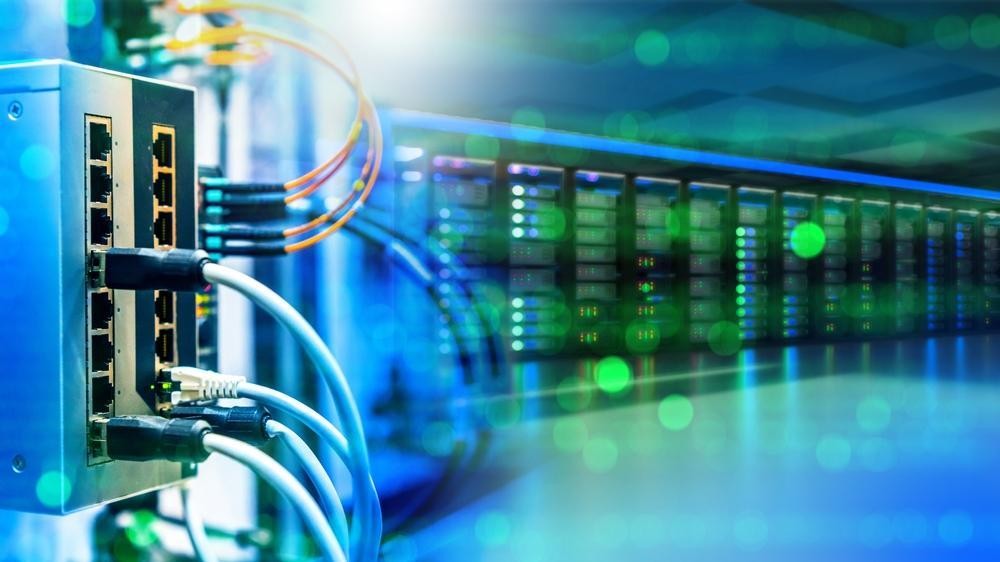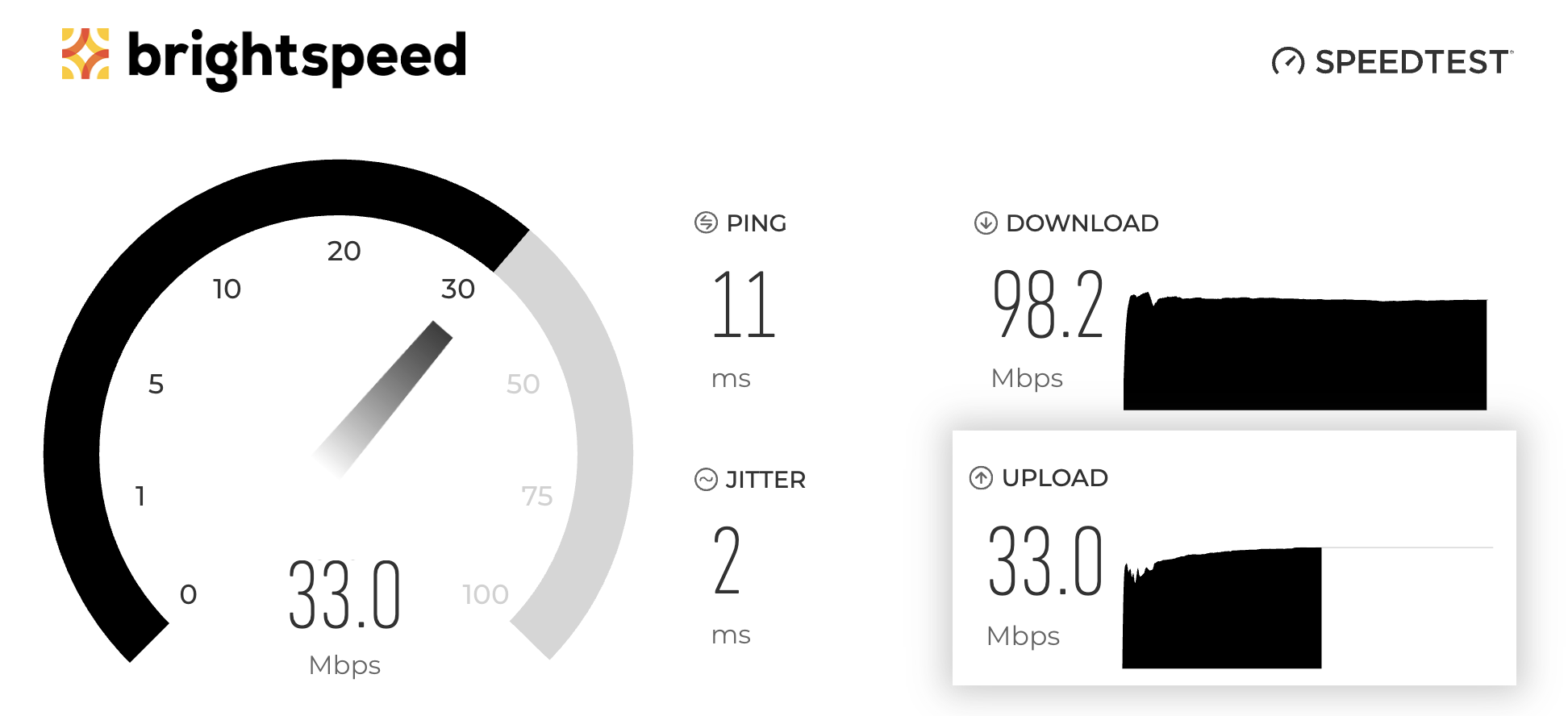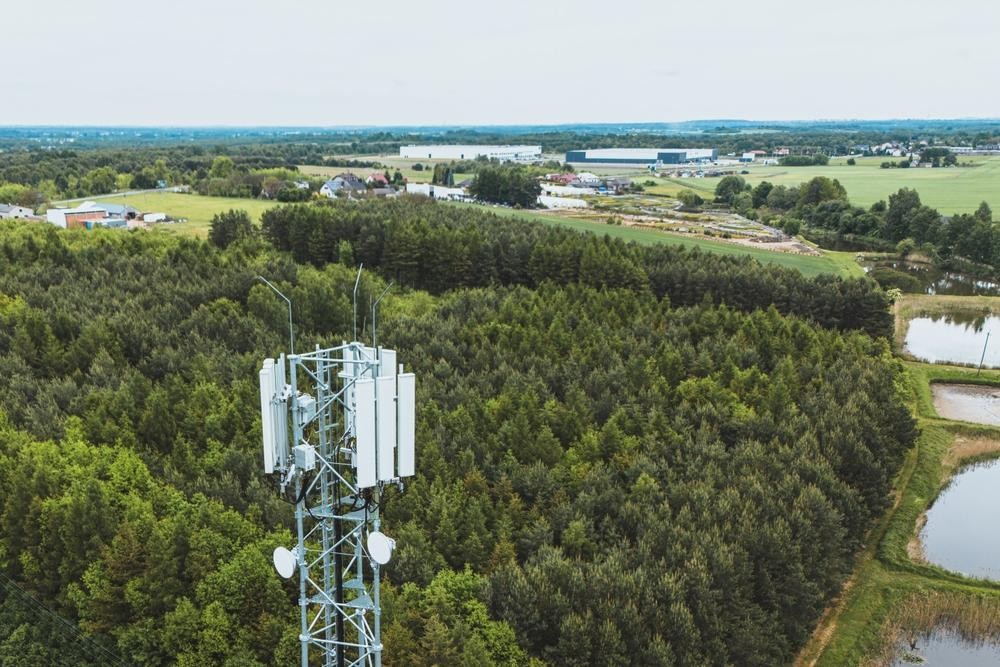Rural internet options are often limited by a lack of infrastructure and the challenges of delivering internet to sparsely populated areas. The result of these obstacles is a digital divide that impacts rural education, careers, and even healthcare outcomes.
Fortunately, rural internet options are increasingly available. Two services in particular, fiber and satellite internet, provide high-speed internet access to rural users. But just what is fiber internet, and how does it compare to satellite internet in terms of speed, affordability, and availability? Here we’ll dig into the fiber vs. satellite debate, and help you decide which option best fits your needs.
Table of Contents
Overview of Rural Internet Options
Rural internet options aren’t just limited to fiber vs. satellite, although these two services are typically the best solutions for online access in rural locations. Your rural internet options include:
- Fiber Optic Internet: Ultra-fast and reliable, but not available in all locations.
- Satellite Internet: Widely available but has high latency rates.
- Fixed Wireless Internet: Delivers internet via radio towers. Requires line of sight with signal towers.
- DSL (Digital Subscriber Line): Uses existing phone lines, but is one of the slowest options.
- Cable Internet: Fast speeds, but usually limited to densely populated rural communities.
- Cellular Internet: Uses 4G/5G networks. Users are often limited by overage range and data caps.
- Dial-Up Internet: Extremely slow and outdated.
Availability for each of these options varies widely by region, with extremely remote locations restricted to satellite-only service. Generally speaking, the higher the population density, the more internet options available in a particular area.
What Fiber Internet Offers
- High-speed upload and download speed of 100 Mbps to over 1 Gbps.
- Virtually no latency.
- Not affected by signal interference or weather-related disruptions.
- Capable of handling growing data demands for the foreseeable future.
- No slowdown during peak usage hours.
- Ideal for 4K streaming, online games, cloud access, and videoconferencing.
- Works best with a reputable internet provider.
What Satellite Internet Offers
- Accessible almost anywhere, including the most remote rural areas.
- Requires only a satellite dish and modem; no ground cables needed.
- Offers speeds of 25–100 Mbps.
- Providers often rent necessary equipment or offer month-to-month plans.
- Useful as a secondary connection in areas where faster ISPs have frequent outages.
- Sufficient for basic browsing, streaming, and emails.
- Comes with high latency and slower speeds during peak hours.
- The weather can disrupt service.
Fiber vs. Satellite
Speed
At its fastest, satellite internet only reaches the slowest fiber internet speeds. Additionally, fiber optic internet delivers symmetrical download and upload speeds, meaning upload speeds are as fast as download speeds. Satellite internet has upload speeds that are significantly lower than download speeds: a satellite internet service with a 100 Mbps download speed would have an upload speed of 3 – 20 Mbps, depending on whether the ISP uses a traditional geostationary satellite or a Low Earth Orbit (LEO) satellite.
Advantage: Fiber.
Reliability
Weather conditions such as rainfall and snow can interfere with satellite internet signals. Satellite internet also requires a clear line of sight between the satellite dish and the southern sky: trees, buildings, and other obstructions can disrupt signals.
In contrast, fiber optic cables are typically installed underground, and are unaffected by weather conditions. The result is incredibly reliable internet service.
Advantage: Fiber.
Availability
Satellite internet is one of the most readily available rural internet options due to its limited infrastructure requirements. All you need is a satellite and a modem, usually provided by the ISP, and you can access the internet. In remote locations, satellite may be the only internet service available.
Fiber internet is making inroads into rural areas, but at present, significant infrastructure changes are needed to reach remote locations. The further away you are from a municipality, the less likely it is that fiber is available in your area.
Advantage: Satellite.

Cost Considerations for Fiber vs. Satellite
Consider installation costs and monthly fees when evaluating the pros and cons of fiber vs. satellite:
Installation Costs
Home installation costs for fiber internet range in price from $0 to $300, depending on whether your ISP contract waives installation fees or not. In addition, the cost of an optical network terminal and modem/router can come to $200, although the ISP often provides this equipment.
In contrast, satellite internet costs approximately $600 for a dish and router kit, unless the ISP provides the equipment. Installation fees start at $100 for self-installed systems, with higher costs for professional installation.
Monthly Costs
Depending on local competition and your plan’s speed tier, fiber internet typically costs $50 to $100 a month. Satellite costs approximately $120 a month, in addition to data caps.
User Experience Factors
How you want to use your internet is as important as what type of ISP you choose. Factors include:
Streaming Quality
Fiber has the download speeds you need for uninterrupted videoconferencing and streaming 4K movies. While you can use a satellite for video conferencing, expect some lag, stuttering, and video quality issues. Satellite internet can be used to stream standard videos without interruption, but you may experience playback issues as you transition to HD-quality streaming, and 4K streaming may not be possible.
Work-From-Home Reliability
Satellite speeds, particularly upload speeds, limit its usefulness as a remote work option. If your work involves frequent videoconferences, collaboration apps, or access to the cloud, Fiber’s higher speeds and reliability will make you much more productive.
Smart Home Devices
As smart homes and the IoT (internet of things) become ever more commonplace, reliable high-speed internet is increasingly essential. Every smart device in your home ecosystem requires a small slice of your bandwidth. For fiber, this isn’t an issue, but if you’re reliant on satellite internet, you may need to limit the number of smart devices on your network.
Customer Support
Check online reviews to see what other users say about customer support for your rural internet options. In remote locations, customer support can make the difference between a quick problem resolution and days of frustration.

Making the Right Choice
Reliable rural internet access is becoming easier to find thanks to providers dedicated to bridging the digital divide, but the right choice still depends on balancing cost, performance, and availability. Fiber delivers the fastest, most future-proof service, but the lack of infrastructure makes it impractical for many remote households. Satellite options are quick to set up, widely accessible, and increasingly reliable, but they come with higher monthly fees and some performance limits.
For rural communities, the smartest move is to evaluate what’s currently available, weigh the total cost over time, and choose the solution that best meets both immediate needs and long-term expectations.

